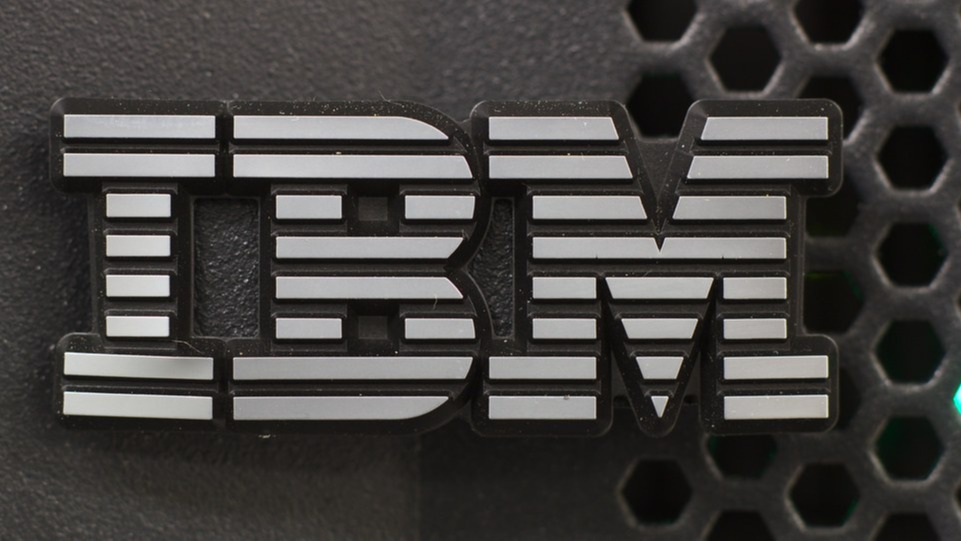The UK government has set out its plans for a circular approach to MedTech that will ensure products are reused, recycled or remanufactured.
The programme, which has been developed by a group of over 80 stakeholders from across the UK MedTech industry, aims to deliver 30 actions by 2045.
These include exploring new commercial incentives to provide circular MedTech, creating new standards to enable innovative products, and establishing new collaborations to accelerate emerging technology.
In its roadmap, the Department of Health and Social Care (DHSC) said the benefits of a circular economy in healthcare is understood but difficult to scale and rarely put into practice.
The DHSC claims its roadmap would provide opportunities for the MedTech industry to innovate and grow whilst also improving patient care and value for the NHS. It also said the move would support the transition to net zero.
According to its research, the government department said that 88 per cent of Belgian companies who employed circular techniques experienced considerably less disruption during the COVID-19 pandemic than those that did not.
Data from the DHSC also finds that reuse of medical devices provides carbon savings of between 38 per cent to 56 per cent within a product lifecycle.
"Every single MedTech product purchased by the NHS is bought because we prioritise and always will prioritise patient care and safety but the volume of products thrown away after a single use - from tourniquets and scissors to high-tech electronics - should concern all of us,” said Baroness Merron, parliamentary under-secretary of state for patient safety, women’s health and mental health. “We can no longer accept this as normal practice."
Latest News
-
The top technology trends to expect in 2026
-
The most read National Technology News stories of 2025
-
Lyft and Uber sign deals with Baidu for robotaxi trial in London
-
Nextdoor launches AI-driven self-serve ads platform for small businesses
-
Italy's antitrust fines Apple €98.6m over alleged App Store dominance
-
Visa partners with UAE real estate firm to launch voice-enabled agentic commerce payments
The future-ready CFO: Driving strategic growth and innovation
This National Technology News webinar sponsored by Sage will explore how CFOs can leverage their unique blend of financial acumen, technological savvy, and strategic mindset to foster cross-functional collaboration and shape overall company direction. Attendees will gain insights into breaking down operational silos, aligning goals across departments like IT, operations, HR, and marketing, and utilising technology to enable real-time data sharing and visibility.
The corporate roadmap to payment excellence: Keeping pace with emerging trends to maximise growth opportunities
In today's rapidly evolving finance and accounting landscape, one of the biggest challenges organisations face is attracting and retaining top talent. As automation and AI revolutionise the profession, finance teams require new skillsets centred on analysis, collaboration, and strategic thinking to drive sustainable competitive advantage.
© 2019 Perspective Publishing Privacy & Cookies








Recent Stories